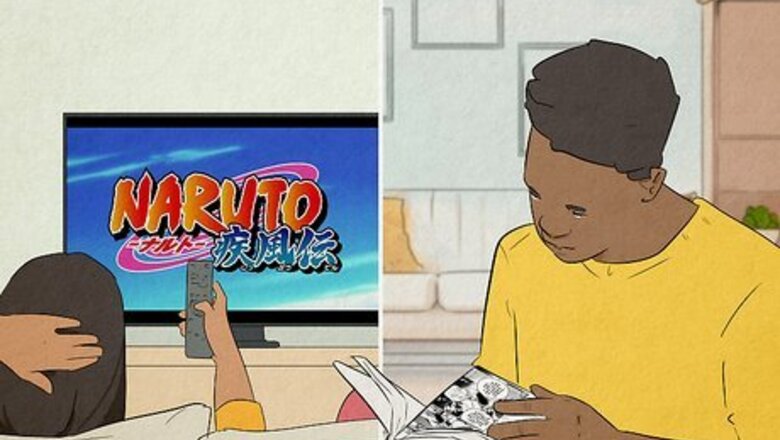
views
- Manga is a written medium, while anime is an animated medium (like movies and TV shows). Many anime are adapted from existing manga series.
- Anime and manga have existed for a while, but both became more popular in the mid-to-late 20th century.
- Anime tends to be a more plot-driven storytelling medium than western cartoons.
What is the difference between manga and anime?
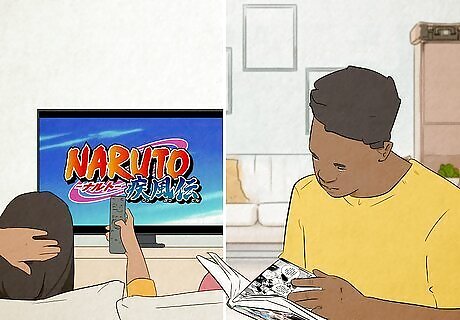
Manga is a type of book, while anime is an animated series. Manga is an extremely broad term that includes Japanese graphic novels and comics, where most volumes are published without color (apart from the cover). Anime, on the other hand, is a broad term for Japanese animation (movies and TV shows), though many people are familiar with anime as an animated adaptation of an existing manga series. Essentially, the main difference between manga and anime is how you consume them—you read manga, while you watch anime.
All About Manga
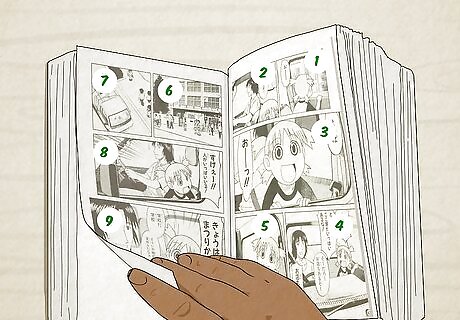
Manga is designed to be read from right to left. Unlike western books and comics, Japanese literature (including manga) is typically read from right to left as you work your way down the page in a zig-zag pattern. With this in mind, the cover art of a manga volume goes on the “back” of the book, while the basic summary info goes on the “front.”
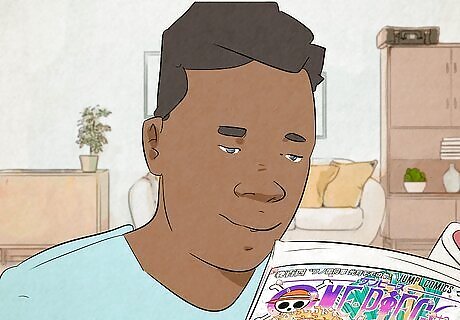
Manga series are expansive and often updated regularly. Many manga series are published as regular chapters in popular Japanese publications (like Weekly Shonen Jump), but are part of a longer, ongoing narrative. For especially popular manga series, multiple chapters are published in anthologies known as “volumes.” Although manga is originally published in Japanese, many popular series are translated into other languages. An anime series is released once the show is finished being produced. Anime often release episodes on a weekly basis, but only for a limited period of time.

Manga series fall into 5 major demographic categories. Just like western books, comics, and graphic novels, different types of manga series are marketed to specific age groups. In the world of manga, those groupings are: Shonen: Manga that cater to younger guys. Many popular shonen stories are filled with action and adventure, and focus on a protagonist finding their way in the world. Naruto, Dragon Ball, One Piece, Fullmetal Alchemist, and My Hero Academia all iconic examples of shonen manga. Shojo: Manga that cater to younger girls. Shojo stories are centered more on romance, but also focus on a young protagonist learning, growing, and discovering more about themselves. Some well-known (and well-loved) shojo manga series include Sailor Moon, Skip Beat!, Fruits Basket, and My Little Monster. Seinen: Manga that cater to older guys. Seinen titles tend to tackle darker and more mature themes, and are meant for an adult audience. Some popular seinen series include stories like Berserk, Monster, Made in Abyss, and Tokyo Ghoul. Josei: Manga that cater to older women. Like seinen manga, josei manga series are also meant for older, more mature audiences, and focus on romantic storylines with more adult themes. Usagi Drop, Petshop of Horrors, Chihayafuru, and Paradise Kiss are just a few well-known titles within this genre. Kodomomuke: Manga that cater to little kids. Adorable and good-natured, kodomomuke manga series offer kid-friendly stories that people of all ages can enjoy. Pokémon, Doraemon, Astro Boy, and Digimon are all beloved examples of this manga demographic. Anime series are also categorized by these demographic groups.
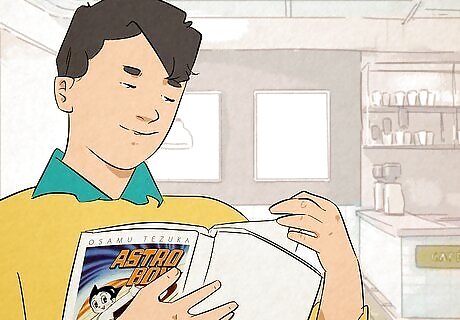
The manga of today became popularized in the mid-20th century. While manga-like publications have existed for centuries, the fun and engaging fictional medium that many people know and love started to come into its own in 1947, when mangaka (manga artist) Tezuka Osamu began releasing his stories (like Astro Boy).
All About Anime
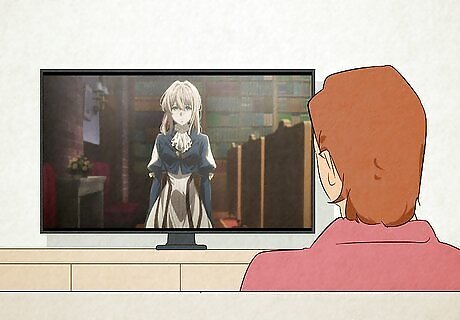
Anime (アニメ) is a general word for animation. In Japan, the word anime is an umbrella term for any kind of animation, including animation from outside of Japan. In the rest of the world, the word anime is associated exclusively with Japanese animation. Many anime series are adapted from a pre-existing manga series, but this isn’t always the case. Popular shows and movies like Violet Evergarden, Cowboy Bebop, Puella Magi Madoka Magica, Durarara!!, and Promare weren’t based on a pre-existing manga series.

Anime originated in the early 20th century. Historically speaking, the first anime release dates back to 1917. However, it wouldn’t be until later that century when anime would really evolve into the fun, fictional medium that it is today. The 1970s especially were a turning point where anime really developed its own identity, completely different from the world of western animation.
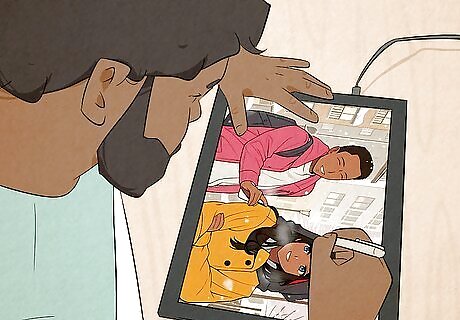
Producing anime is a very involved, time-consuming process. Like any form of animation, the process of creating and producing an anime series involves a tremendous amount of work—the series needs to be written, the narrative needs to be storyboarded, and the characters need to be brought to life with voice acting talent. While technology has definitely streamlined the process, it still takes a lot of time and resources to create and develop an anime series. While creating a manga series also requires plenty of time and effort, the process isn’t nearly as demanding as creating an anime series.
Is anime or manga better?
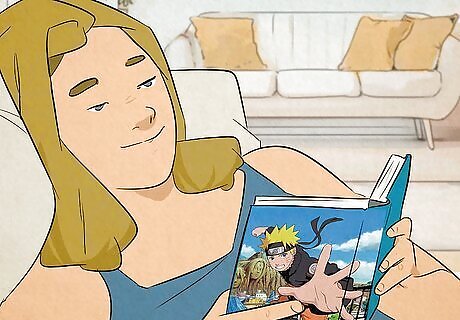
Neither anime nor manga is inherently better—it’s all up to personal preference. Some people really love the intense detail and rich storytelling of a manga chapter, while others adore the vivid colors and beautiful animations of an anime episode. All preferences and opinions are completely valid—what matters most is that you’re having a good time and consuming content that you actively enjoy.
What is the difference between anime and cartoons?
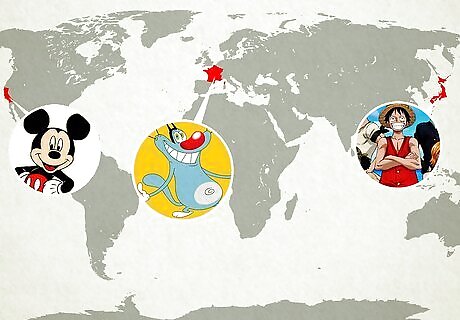
Anime comes from Japan, while cartoons come from western society. At its core, anime is primarily a product of Japan (particularly in the 20th century). Cartoons, on the other hand, are associated more with western society, with historical roots stretching back to the turn of the 14th century. Back in 1499, the first “cartoon” came into existence in the form of an art reference.

Anime typically has a specific and deliberate art style. Most anime series have very detailed backgrounds and forms of scenery, while the average cartoon background isn’t super in-depth. An anime’s general art style tends to be more detail-oriented as well, since it’s often specific to its manga source material.
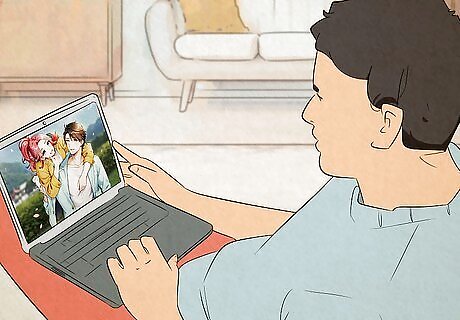
The anime genre is more narratively driven. Several popular western cartoons (like The Simpsons) aren’t very plot-heavy. Anime series, on the other hand, often revolve around rich plotlines and character interactions, and feature especially dynamic characterization. Anime openings and cartoon openings are a great example of how these two mediums differ.











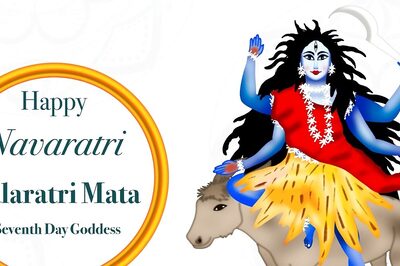


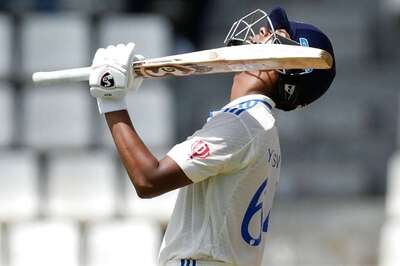
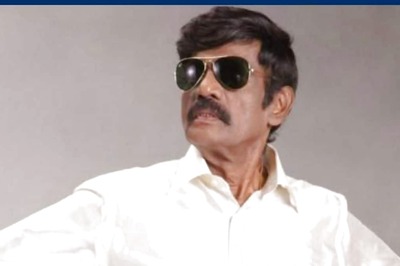




Comments
0 comment